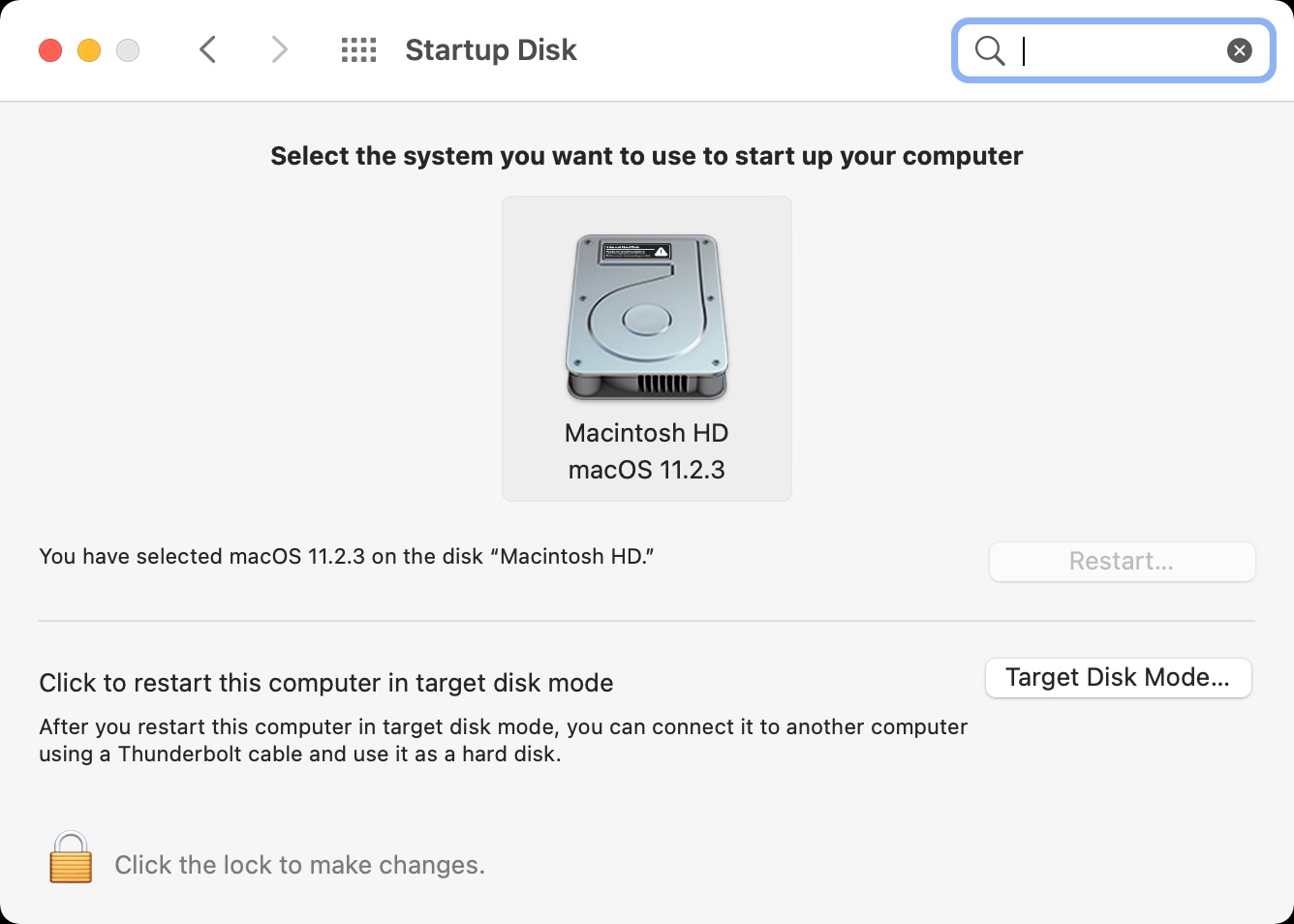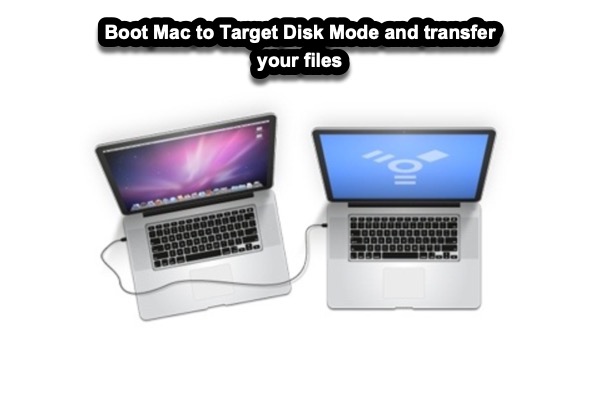

#How to cancel target disk mode how to
If your hardware meets the requirements above, and your host iMac is running OS X 10.6.1 or higher, here’s how to use Target Display Mode. For any iMac after the 2011-era, it’s Thunderbolt all the way.
#How to cancel target disk mode mac
For the chart, “Source Output” refers to the device that you want to connect to the iMac’s display, and “Connection Cable” is the cable type required to make the connection between the two devices.Īs you can see, because Thunderbolt outputs DisplayPort video, you can use a new Thunderbolt-equipped Mac to connect to the display of an older iMac via a Mini DisplayPort cable, but not the other way around. That said, here’s a simple breakdown of the various iMac models that support TDM, and the limitations for each. All things considered, we wouldn’t trade the benefits of Thunderbolt for the return of broader support for TDM, but those hoping to use the feature should be aware of its limitations. While it’s great to still be able to use TDM with newer Macs, most who took advantage of the feature connected non-Apple devices such as gaming PCs or consoles, especially in small workspaces where having a second display for these other devices was impractical or undesired. This means that connecting another Thunderbolt Mac to your iMac, such as a 2012 MacBook Air, will work just fine, but devices that only output HDMI or DVI, such as the Xbox One, won’t work. With Thunderbolt-capable iMacs – the Mid 2011 models and up – Target Display Mode will only work with other Thunderbolt-capable devices. Even though Thunderbolt also handled DisplayPort video, the new complexities of the Thunderbolt controller meant that Target Display Mode would be far more restrictive. Now, users could not only add displays to their Mac, they could also daisy chain all manner of hard drives, storage arrays, card readers, and other external devices. Thunderbolt changed all of that by bringing data I/O into the mix. Prior to Thunderbolt, the iMac’s Mini DisplayPort connection was used exclusively for video and audio. With the introduction of Thunderbolt on the 2011 iMacs, however, things suddenly became far more complicated. Target Display Mode quickly became a much-loved feature of the 27-inch 2009 iMac, and it persisted with the 27-inch 2010 model.

With the proper adapters, DisplayPort can accept DVI and HDMI sources, meaning that practically any computer or video device using these standards could work with TDM, including PCs, game consoles, and even other Macs. But unlike a standalone monitor, users were traditionally unable to share the display with another computer or device, leaving the iMac’s large and high quality screen dedicated only to the Mac within.Īpple sought to address this shortcoming in 2009 with the release of a new feature called “Target Display Mode.” Available initially only on the 27-inch Late 2009 iMac, Target Display Mode (TDM) allowed users to plug a compatible device into their iMac’s Mini DisplayPort and gain exclusive use of the iMac’s display.

A benefit of Apple’s iMac is that users get a monitor and computer in one relatively small package.


 0 kommentar(er)
0 kommentar(er)
